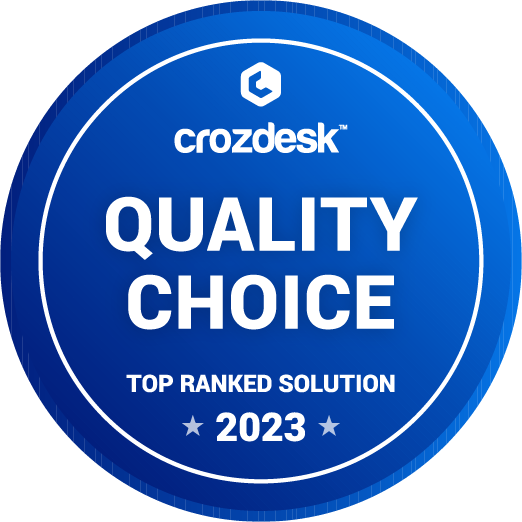Financial Institutions vs. Modern Age: Product Catalog as a Lifeline Against Outdated Systems
Imagine this scenario: A bank or insurance company wants to launch a new product. In an ideal world, this should take a few days. The reality? We’re often talking about months. And that’s quite a problem in an era where market conditions change at breakneck speed.
Three Key Problems Hindering Innovation
The first and biggest pain point for banks and insurance companies is the incredibly long time needed to bring a new product to market. While fintechs can release new features or new products within weeks, traditional players get bogged down for months due to complex processes. And when they finally complete the product, market conditions are completely different, and the business opportunity is gone.
The second problem is the astronomical costs of any change. “This could work, but IT doesn’t have the capacity.” A phrase you hear far too often in financial institutions. Every modification must go through technical teams, resulting in high costs. Minor improvements and small innovations often don’t even make economic sense. You can forget about experimenting or prototyping – such flexibility is out of the question.
The third critical point is insufficient documentation and excessive dependence on specific individuals’ know-how. Imagine key product information existing only in the minds of a few employees. When such a person goes on vacation (or worse – to a competitor), problems arise. Systems often maintain hundreds of historical product versions simply because no one dares to touch them. Even such “dead” data comes at a cost.
IT Teams Trapped in Maintenance
Picture a complex puzzle where changing one piece affects dozens of others. That’s what the IT architecture looks like in most financial institutions. Product information is scattered across different systems like puzzle pieces. For multichannel sales or accurate reporting, you need to exhaustively consolidate data from various sources.
As a result, IT teams spend most of their time “putting out fires” and maintaining systems instead of focusing on strategic tasks and developing new services. On top of that, there’s a significant risk of errors – or even misuse. When an employee changes a product parameter in one system, the same change must be reflected in many other places. With such complexity, maintaining good audibility and transparency is almost impossible.
Frustrated Customers Leave to Competitors
Nowadays clients expect quick and consistent service across all channels. The reality? On the website, they see one price; in the app, another; and at the branch, they hear something completely different. When a supposedly “instant” online loan then takes weeks to process, their trust drops rapidly.
Customers also don’t understand why the bank won’t offer them a free checking account when they have a mortgage and investments worth millions. Or why they have to get insurance from a different company, even though the bank owns an insurance provider within its group. Ironically, banks and insurers have all the data they need for personalization – but due to fragmented systems and complex processes, they struggle to use it effectively.
Product Catalog as the Solution
A central product catalog can be the answer to all these challenges. It’s not just another IT system – it’s a strategic investment that can fundamentally change how the entire institution operates. Let’s look at the main benefits:
- Single source of truth: All product data is centralized, enabling consistent management and quick reporting.
- Accelerated time-to-market: New products and offers can be modeled and implemented in record time.
- Lower costs for changes: Business teams can independently make adjustments within defined boundaries without burdening IT.
- Automated compliance: Rules and restrictions are set directly in the catalog, minimizing the risk of errors.
- Personalized customer experience: Offers can be tailored to client value, needs, and lifecycle.
In an era where success is determined by speed and the ability to adapt to customer needs, there’s no room for outdated processes. If your financial institution faces similar challenges, perhaps it’s time to look at modern product management solutions.




